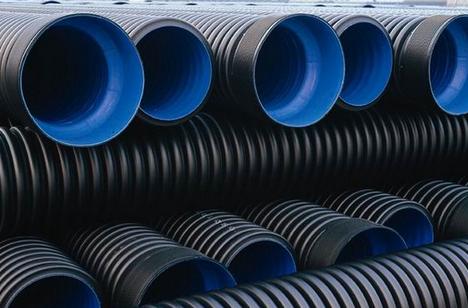Oct . 16, 2024 23:05 Back to list
HDPE Drip Pipe Manufacturing Process and Facility Overview for Irrigation Solutions
The Rise of HDPE Drip Pipe Factories A Sustainable Future for Agriculture
As agriculture faces increasing challenges due to climate change, water scarcity, and a growing population, innovative solutions are essential for ensuring sustainable food production. Among these innovations, High-Density Polyethylene (HDPE) drip pipes have emerged as a game-changer in the irrigation sector. This article explores the significance of HDPE drip pipe factories, their production processes, and their impact on modern agriculture.
Understanding HDPE Drip Pipes
HDPE is a thermoplastic polymer known for its high strength-to-density ratio, making it an ideal material for agricultural applications. HDPE drip pipes are specifically designed to deliver water directly to the plant roots, minimizing water wastage and maximizing efficiency. Unlike traditional irrigation methods, which can lead to substantial water evaporation and runoff, drip irrigation systems ensure that every drop counts. This precision not only conserves water but also enhances crop yield, making HDPE drip pipes a vital resource for farmers around the world.
The Production Process
The manufacturing of HDPE drip pipes takes place in specialized factories equipped with advanced machinery. The process typically involves the following steps
1. Raw Material Selection Quality HDPE resin is selected as the primary raw material. The characteristics of the resin can vary, but it is crucial to choose a high melt flow index (MFI) for better extrusion properties.
2. Extrusion In this step, the HDPE resin is heated and melted, then extruded through a specially designed die to create pipes of desired diameters and wall thicknesses. The extrusion process ensures uniformity and strength in the final product.
3. Dripper Insertion During the production of drip pipes, drip emitters are integrated into the system. These emitters are engineered to deliver specific amounts of water at regulated intervals, effectively managing water distribution according to crop needs.
4. Cooling and Sizing After the pipes are extruded, they are cooled and sized to ensure optimal dimensions. This step is critical for maintaining the structural integrity and performance of the pipes.
hdpe drip pipe factory

5. Quality Control Rigorous quality testing is conducted throughout the production process. Each batch of pipes undergoes tests for durability, flexibility, and resistance to UV light and chemicals, ensuring that they can withstand harsh agricultural environments.
Benefits for Agriculture
The introduction of HDPE drip pipes has revolutionized irrigation practices across the globe. Some of the key benefits include
- Water Conservation HDPE drip pipes reduce water usage by delivering water directly to the roots, leading to up to 60% savings compared to traditional irrigation methods.
- Increased Crop Yield By supplying the right amount of water and nutrients directly to the plants, farmers can achieve higher yields and better quality crops. This is particularly crucial in arid regions where water is a precious resource.
- Reduced Labor Costs Automated drip irrigation systems can significantly reduce labor costs associated with manual watering. With proper installation, farmers can manage their irrigation remotely, allowing for more efficient water management.
- Environmental Sustainability The use of HDPE drip pipes promotes sustainable agricultural practices by minimizing water runoff and soil erosion, contributing to healthier ecosystems.
Conclusion
The emergence of HDPE drip pipe factories signifies a pivotal moment in the agricultural industry. By combining advanced technology, sustainable materials, and innovative design, these factories are helping to address one of the most critical challenges facing farmers today efficient water management. As the global population continues to rise and climate changes pose new threats, the importance of sustainable irrigation solutions will only increase. HDPE drip pipes, with their myriad benefits and applications, represent a step forward in the quest for eco-friendly agricultural practices, ensuring that future generations can enjoy a sustainable and productive agricultural landscape.
-
High-Quality PVC Borehole Pipes Durable & Versatile Pipe Solutions
NewsJul.08,2025
-
High-Quality PVC Perforated Pipes for Efficient Drainage Leading Manufacturers & Factories
NewsJul.08,2025
-
High-Quality PVC Borehole Pipes Durable Pipe Solutions by Leading Manufacturer
NewsJul.08,2025
-
High-Quality PVC Borehole Pipes Reliable PVC Pipe Manufacturer Solutions
NewsJul.07,2025
-
High-Quality UPVC Drain Pipes Durable HDPE & Drain Pipe Solutions
NewsJul.07,2025
-
High-Quality Conduit Pipes & HDPE Conduit Fittings Manufacturer Reliable Factory Supply
NewsJul.06,2025

